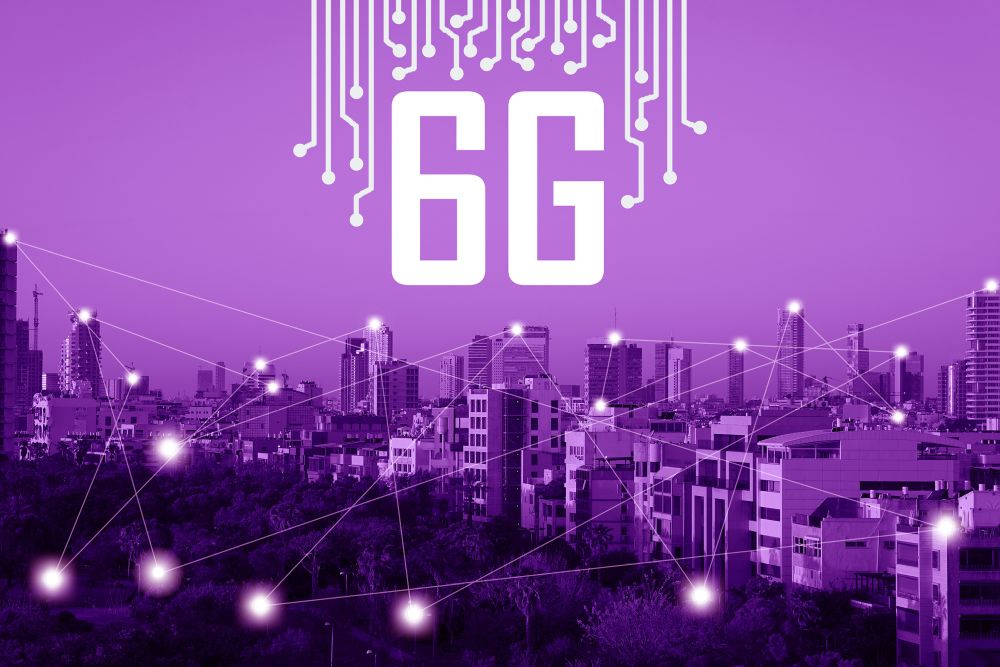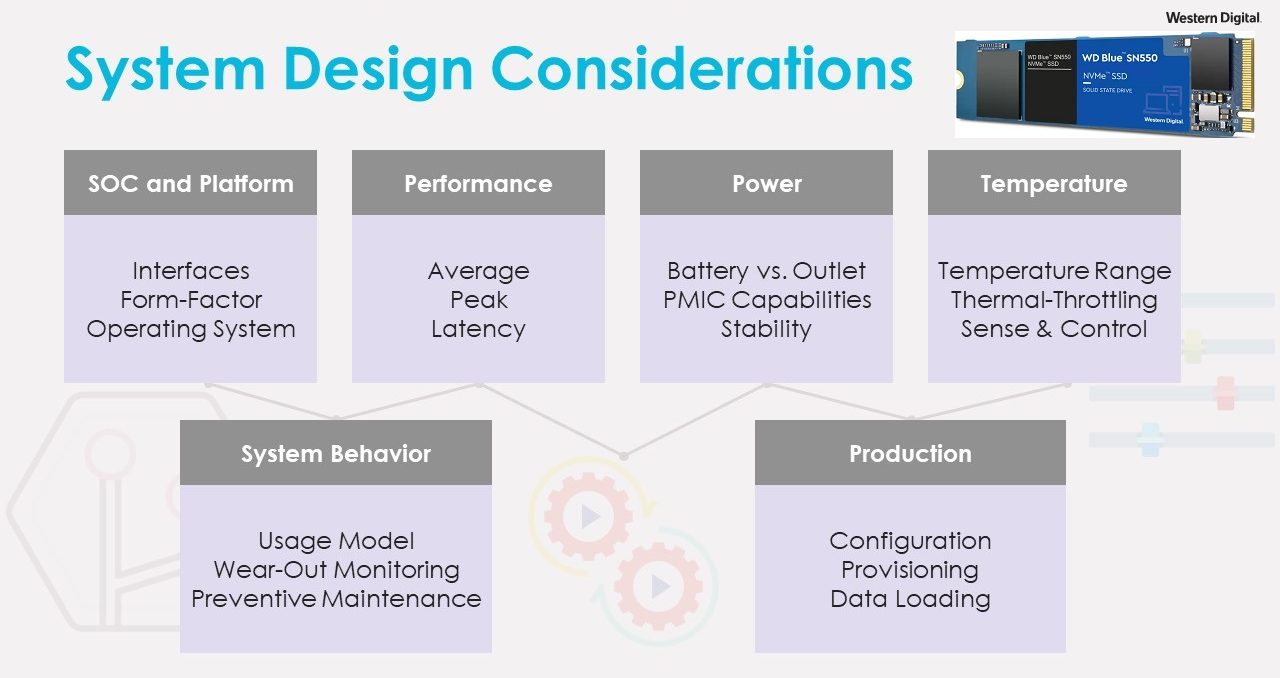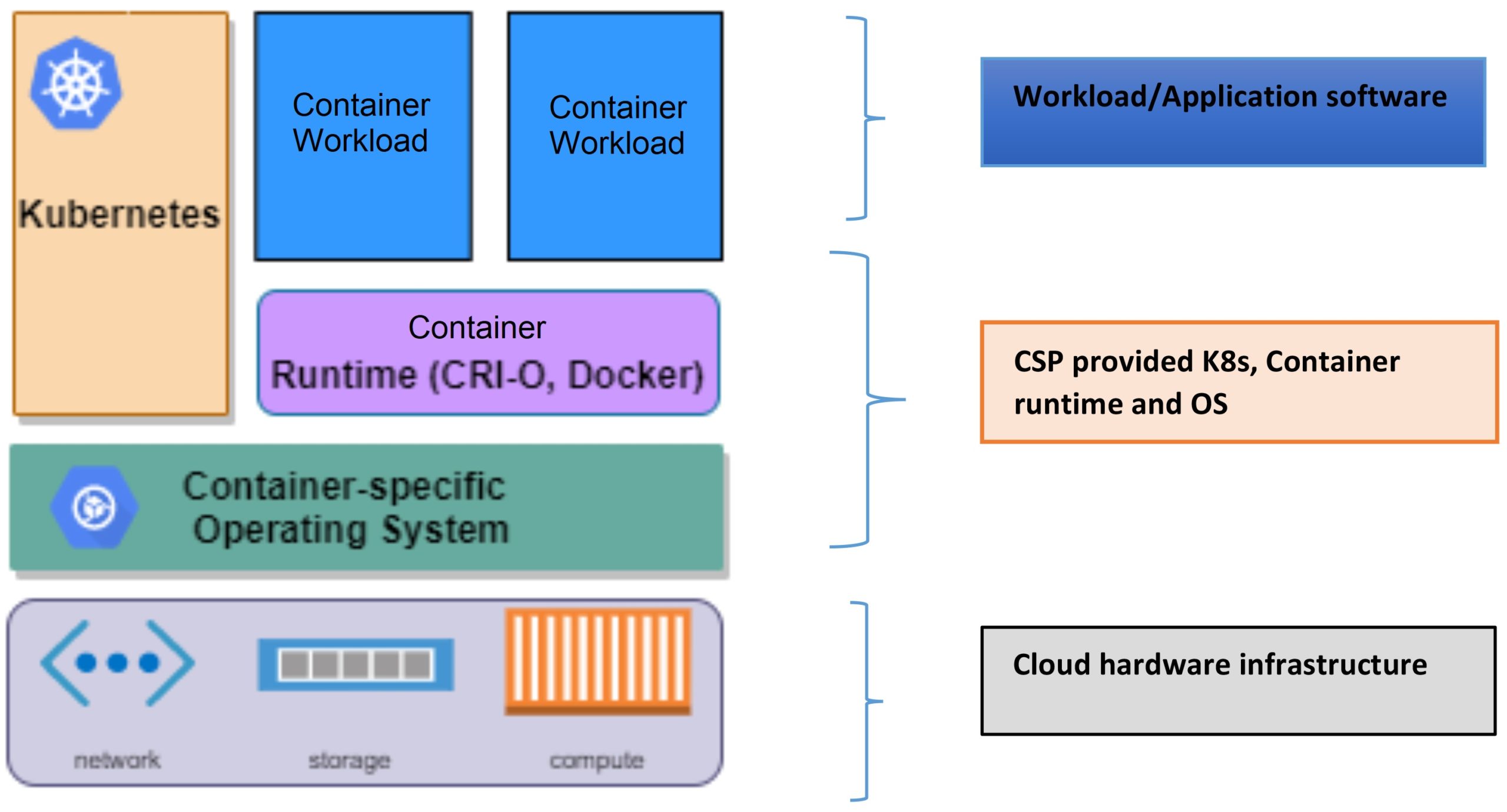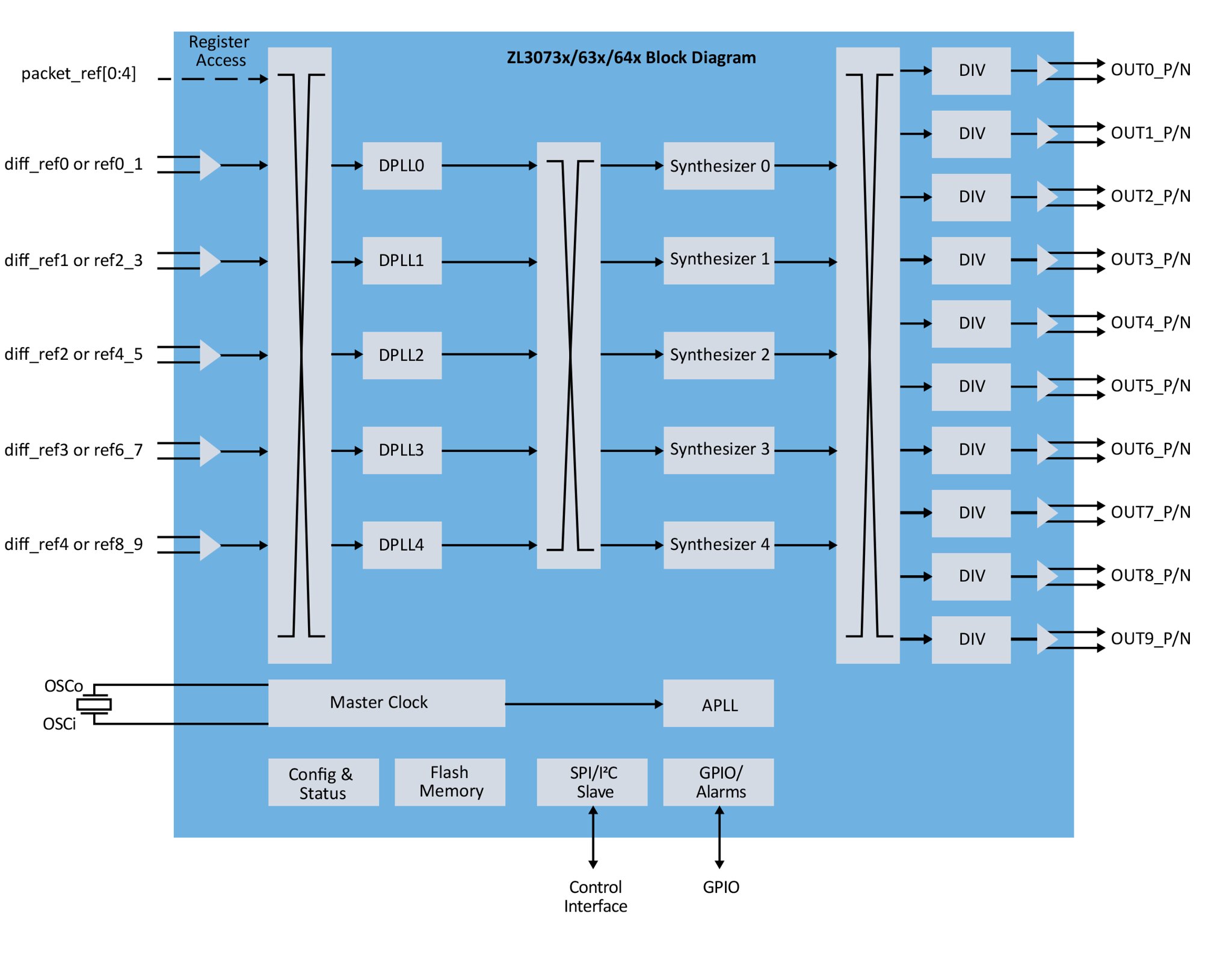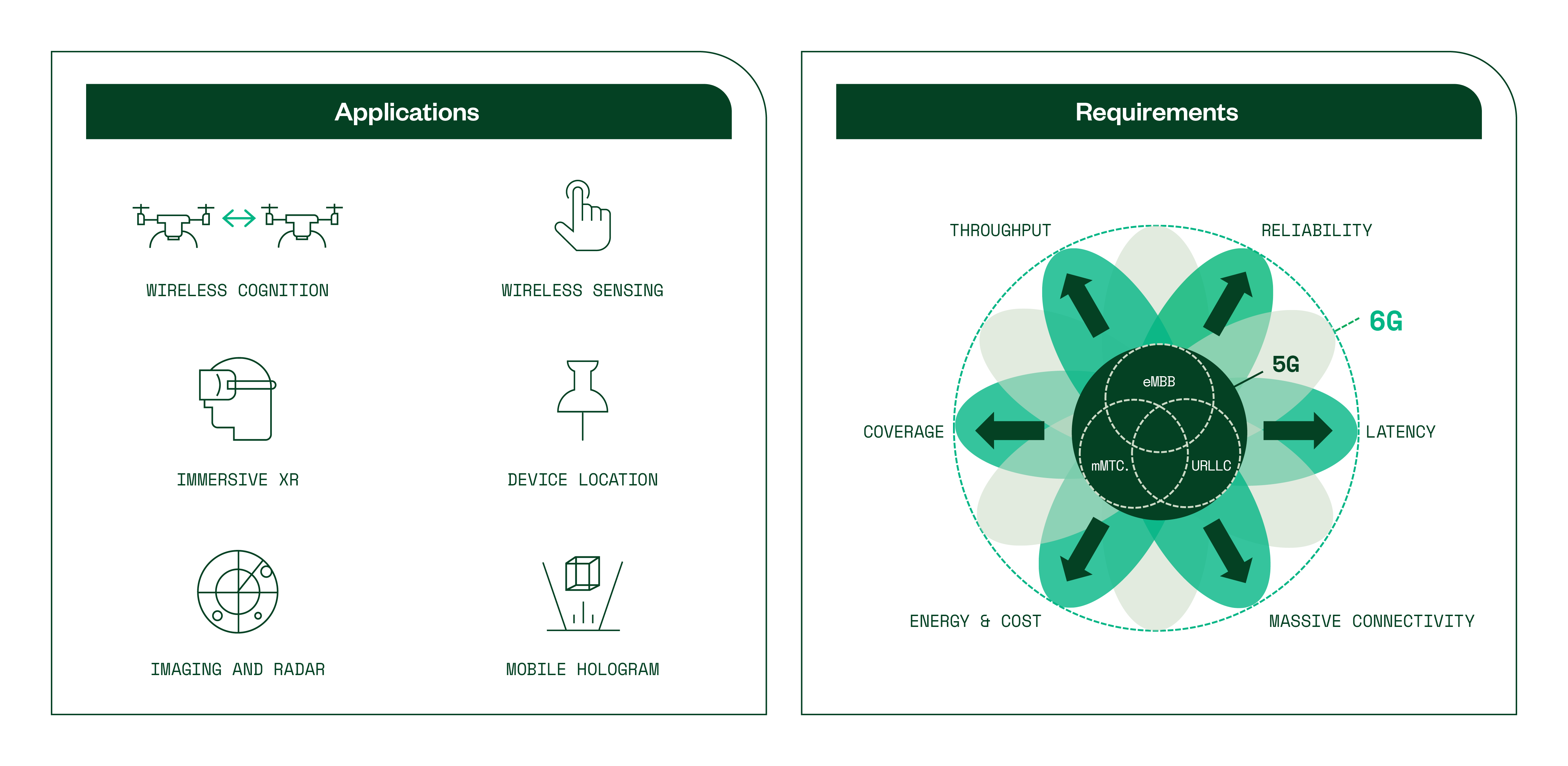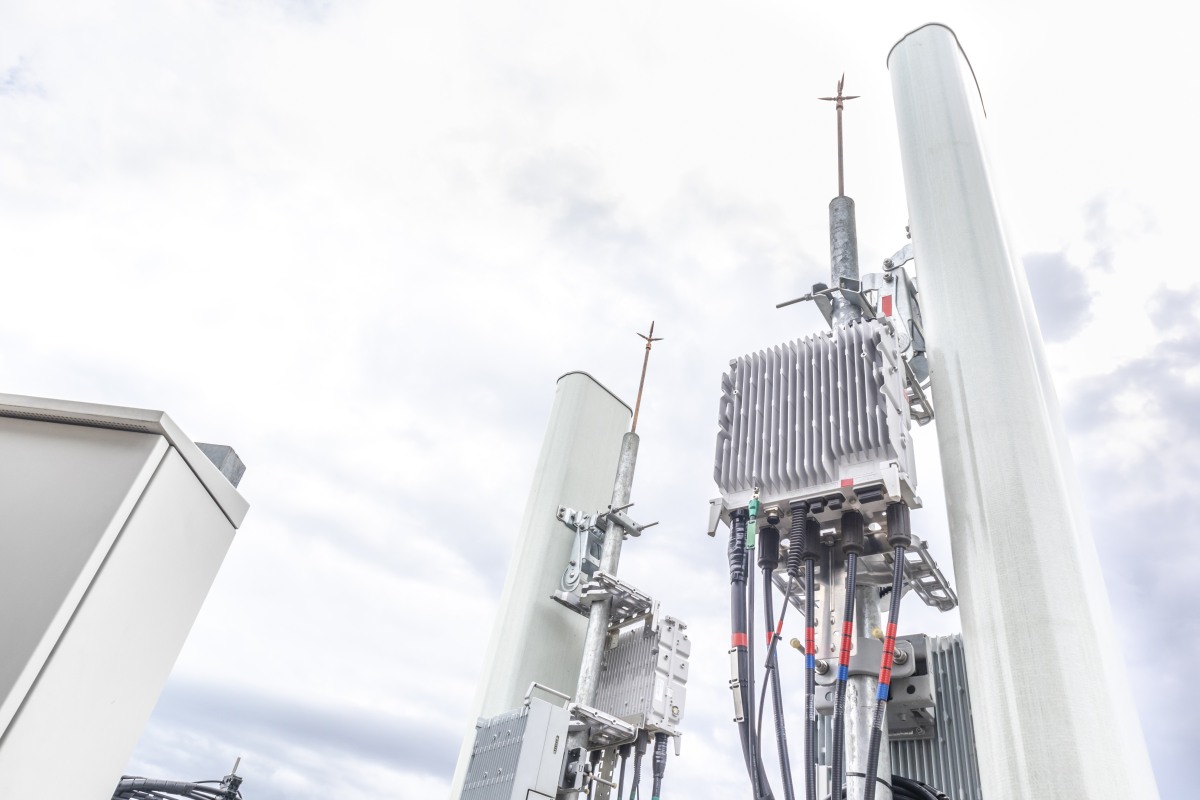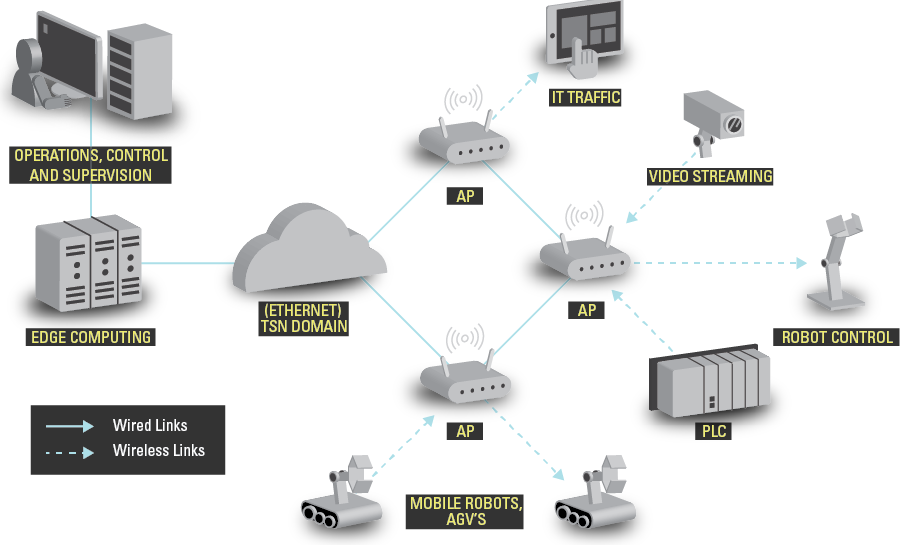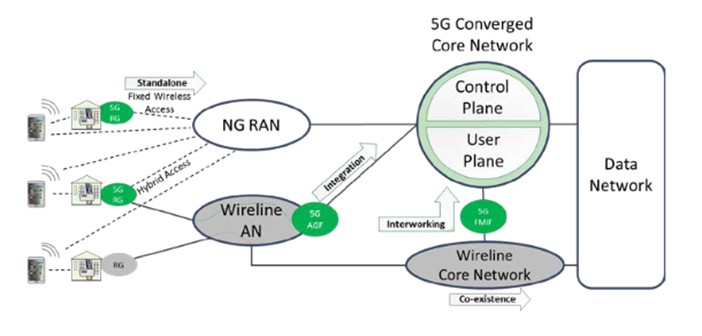The latest symposium took a turn toward business use cases at the expense of the usual technical talks, with speakers saying that use cases should drive the technology. Through most of 5G’s development, conference topics generally focused on the technologies such as the radio and network technologies. With much of that settled, talk moved to…
Six design considerations for local data storage
Engineers must consider these design tradeoffs when choosing data storage for embedded, IoT, and network equipment. 5G’s higher data rates adds another factor to the mix.
Interview: Lower fiber losses mean fewer errors
Corning’s Roshene McCool explains how the SMF-28 Contour fiber reduces light losses, installation costs, and operating costs in fiber connections for 5G, computing, and datacenters.
How Open RAN provides a secure wireless network
Keeping Open RAN software secure means containerizing functions, securing each container, and securing the entire software design.
Timing IC combines functions for Open RAN
Microchip’s ZL30735 integrates eight DPLLs, five low-output jitter synthesizers, and an IEEE 1588-2008 protocol stack. The splitting of radio access network functions creates an Open RAN that promises greater innovation and features in 5G networks. Splitting the traditional baseband unit into radio units (RU), distribution units (DU) and centralized units (CU) brings timing issues not…
6G research: consensus grows
Several themes have begun to emerge in the 6G community, providing some clues as to what the next generation might bring.
The challenges of building a 5G base station
To meet 3GPP specifications, a 5G New Radio (NR) implementation must meet demanding processing requirements and RF capabilities. Compared to LTE, this results in a need for higher performing, more flexible 5G NR hardware. Looking at 5G’s technical challenges, we see the frequencies and spectrum supported now include a sub-6 GHz range, FR1, with bandwidths…
Antennas validate robotic SAR test systems
Equipment used for measuring specific absorption rate needs validation to provide useful test results.
Five reasons why TSN over 5G promises timely deliveries
The Time Sensitive Networking (TSN) family of IEEE 802.1 network standards bring reliability and low latency to applications over Ethernet, Wi-Fi, and 5G.
Why the 5G core converges wireless with wireline
A toolkit lets integrated operators run their mobile and fixed-line operations on a common 5G core.

